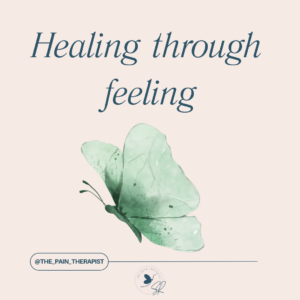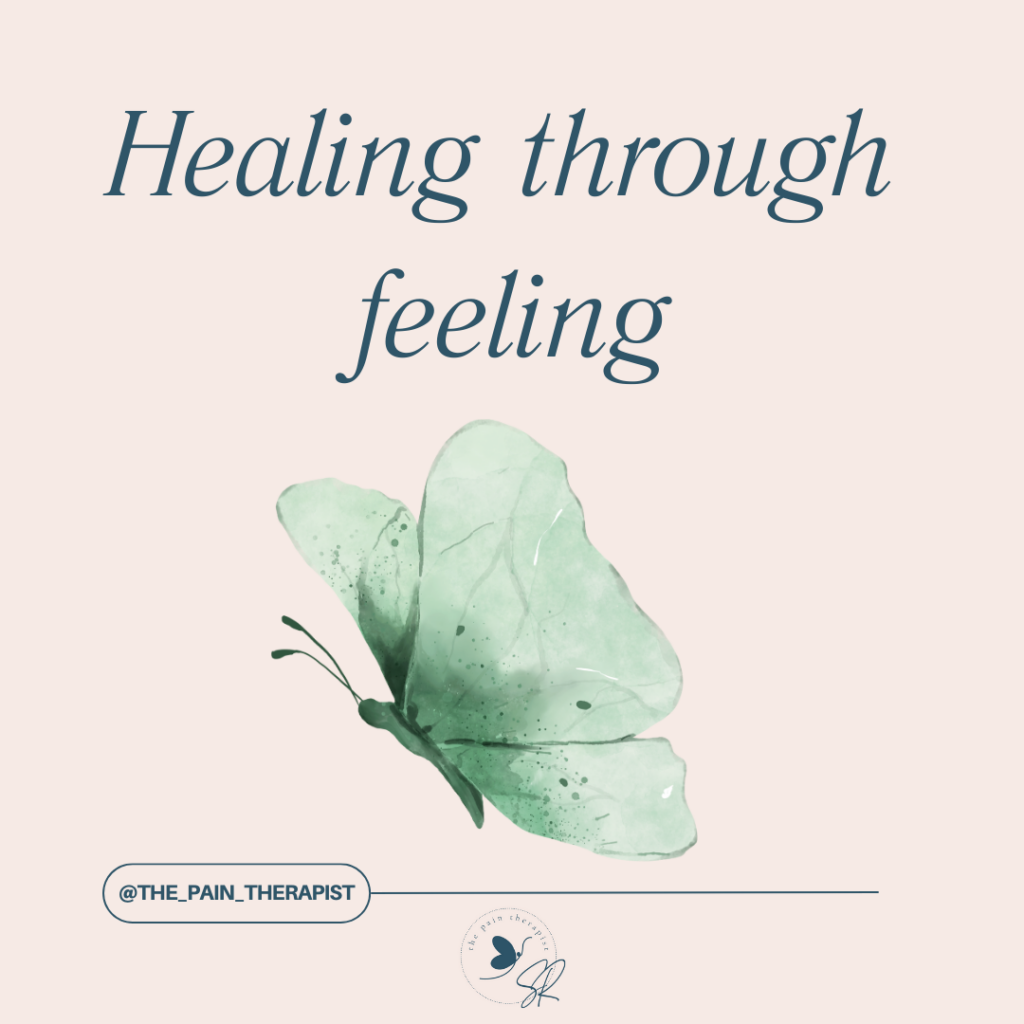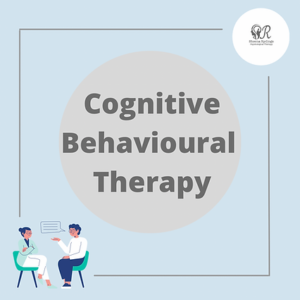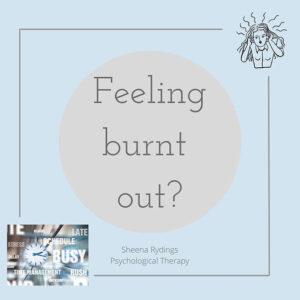Healing Through Feeling: The Power of Embracing Your Emotions
Healing is often described as a journey, a process that involves navigating through life’s challenges and finding peace within. While it’s natural to want to bypass painful experiences and rush toward comfort, true healing requires something many of us find counterintuitive: feeling our feelings.
In today’s fast-paced world, we’ve become experts at distraction. Scrolling through social media, binge-watching TV shows, or diving headfirst into work can keep us from confronting difficult emotions. Yet, these emotional detours often lead to unresolved pain, which can manifest as stress, anxiety, or even physical symptoms. In therapy, we recognise that avoiding our feelings doesn’t make them disappear—it simply pushes them deeper into the shadows.
Why Is It Important to Feel Your Feelings?
- Emotions Are Messengers
Every emotion we experience carries valuable information about our inner world. Anger might signal a boundary has been crossed, while sadness can reveal a need for connection or self-compassion. By tuning into these messages, we gain clarity and insight into our needs and values. - Releasing Emotional Energy
Suppressed emotions don’t just vanish; they linger in our minds and bodies. Feeling your feelings allows you to process and release pent-up emotional energy, creating space for healing and growth. Think of it as unclogging a drain—once the blockage is removed, everything flows more freely. - Building Emotional Resilience
When we allow ourselves to experience emotions, even the uncomfortable ones, we build emotional resilience. Over time, we learn that feelings, no matter how intense, are temporary. This awareness strengthens our ability to cope with future challenges.
How to Feel Your Feelings
If you’ve spent years avoiding your emotions, the idea of diving into them can feel overwhelming. Here’s how to approach this process with care and compassion:
- Pause and Acknowledge
When a strong emotion arises, pause. Acknowledge what you’re feeling without judgment. For example, instead of thinking, “I shouldn’t feel this way,” try saying, “I’m feeling sadness right now.” - Name the Emotion
Putting a label on your feelings can help demystify them. Are you feeling frustrated, anxious, or lonely? Naming your emotion gives it form and makes it easier to address. - Stay Present
Instead of analysing or fixing your feelings, try to simply sit with them. Notice how they show up in your body—tightness in your chest, a lump in your throat, or a flutter in your stomach. Breathe deeply and allow the sensation to exist without resistance. - Express Yourself
Journaling, talking to a trusted friend, or working with a therapist can help you process your emotions in a healthy way. Sometimes, just saying your feelings out loud can bring relief and perspective. - Practice Self-Compassion
Remind yourself that it’s okay to feel what you’re feeling. Emotions are a natural part of being human, and there’s no “right” or “wrong” way to experience them.
Healing Happens in the Allowing
Feeling your feelings isn’t about wallowing or getting stuck in pain—it’s about creating space for healing. By embracing your emotions, you honor your humanity and pave the way for a deeper connection with yourself. In the words of Rumi, “The wound is the place where the Light enters you.”
When you allow yourself to feel, you unlock the transformative power of healing. And with time, patience, and self-compassion, you’ll discover that even the most challenging emotions hold the seeds of growth and renewal.




